I asked a MasterChef winner how to pick the right frying pan for a kitchen - this was his advice
With this expert advice, you can't go wrong
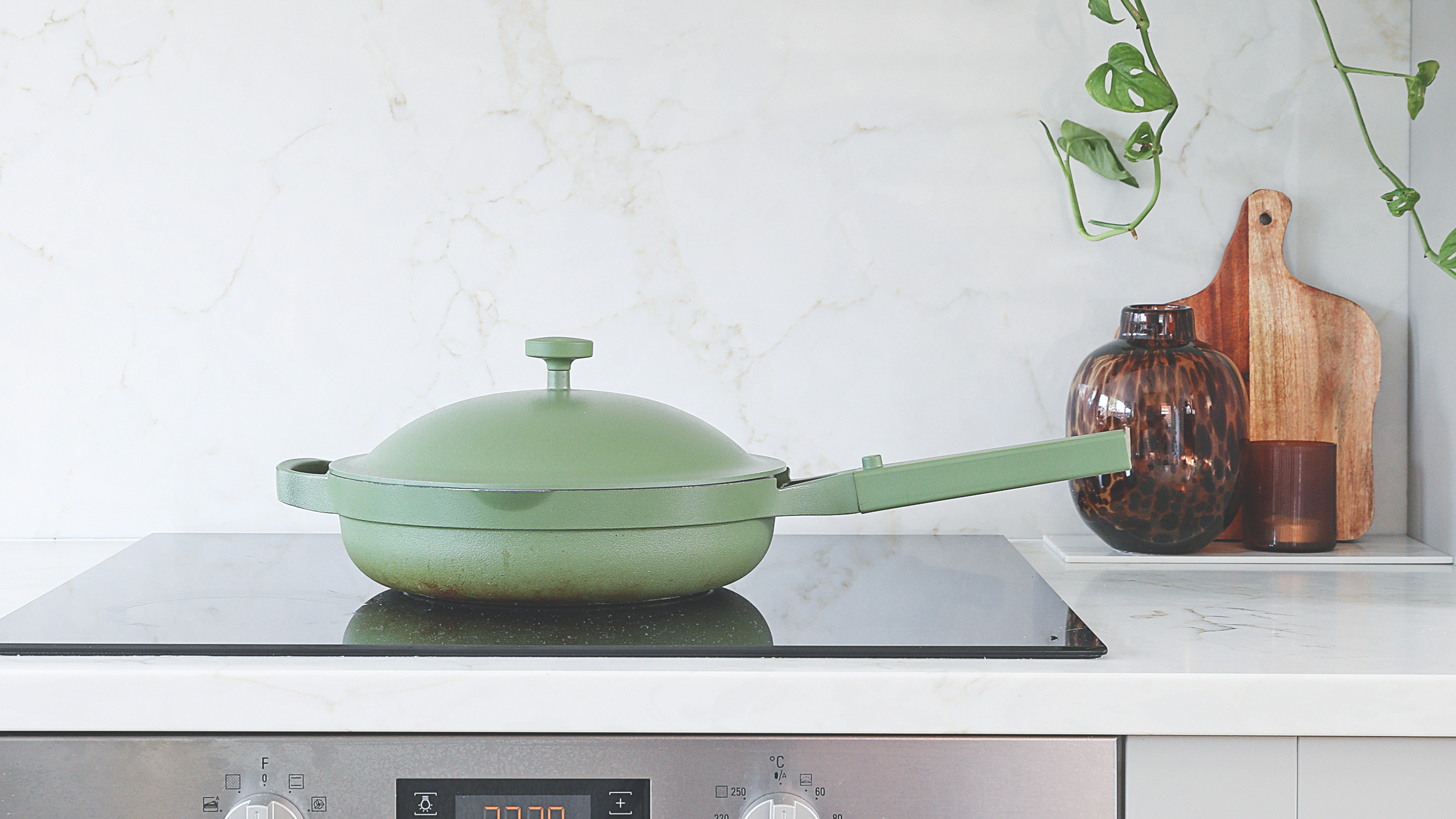

Nobody can deny that a good frying pan is a kitchen essential. However, buying the right one for your kitchen is a more difficult matter.
Not all frying pans are made equal, so how can you pick the right frying pan for your kitchen? How thick should your chosen pan be, and which features should you be looking for as you shop?
As Ideal Home's Kitchen Appliances (and Cookware) Editor, I've taken up the mantle of finding out by asking top chefs and culinary experts, including a MasterChef winner, how they choose the best nonstick pans for their kitchens. Here's what they said.
1. Think about how often you cook
Your pan shopping journey should start with a pinch of perspective, according to Thomas Frake, MasterChef winner and Executive Chef of The Silks Pub.
'Be honest with yourself about the amount, and what types, of cooking that you do,' says Thomas. 'If you're the kind of person who cooks quick and tasty midweek meals, then a high-quality nonstick or ceramic pan is ideal. These pans are lightweight, quick to heat up, and easy to maintain.'
My favourite tool for midweek meals is my trusty Always Pan by Our Place (£125 at Our Place) and with its multi-functional features and accessories, it's a good space-saver too.
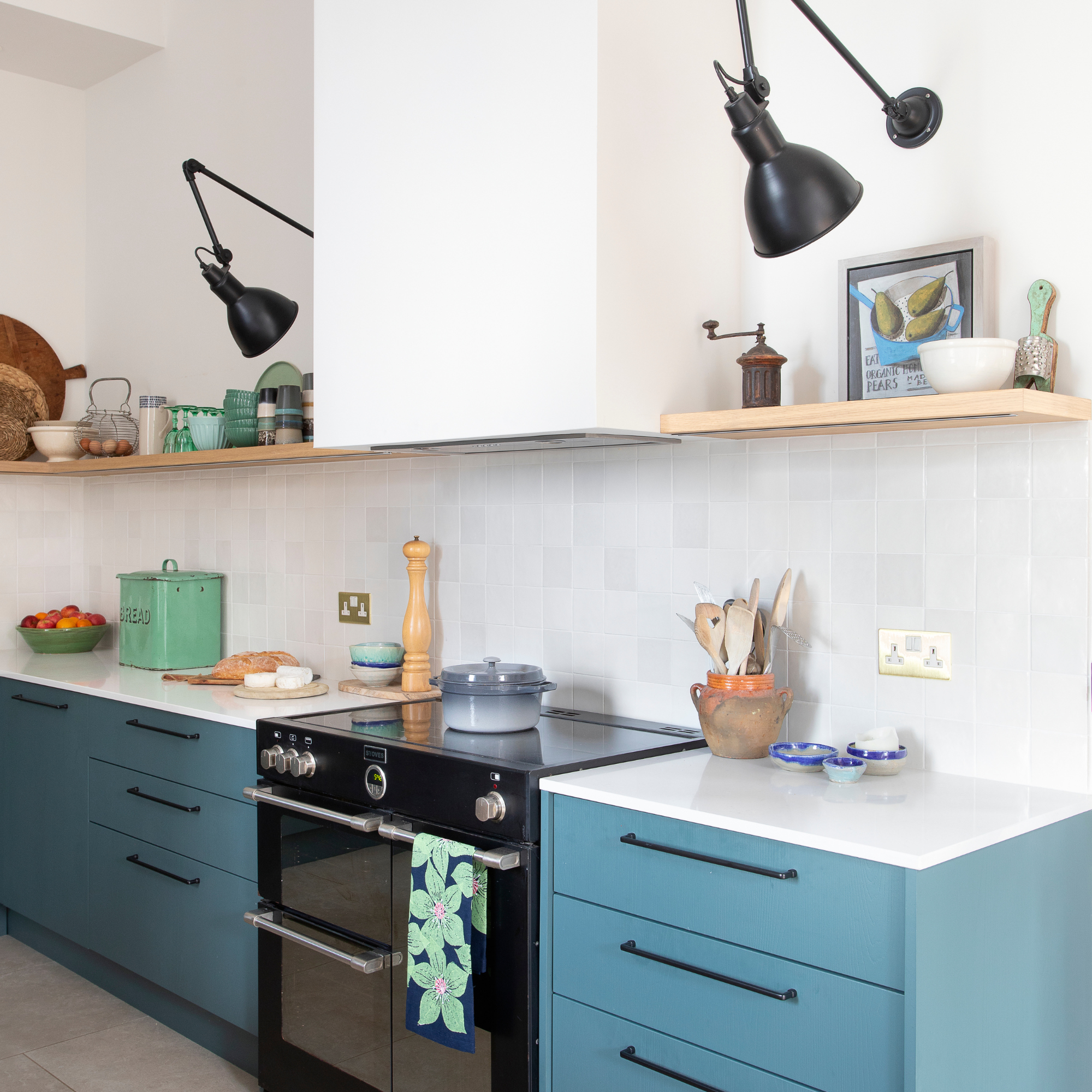
For those looking to level up their cooking with their next frying pan purchase, then it's worth spending a little more.
Get the Ideal Home Newsletter
Sign up to our newsletter for style and decor inspiration, house makeovers, project advice and more.
'If you're a little more than an enthusiastic amateur, then cast iron or stainless steel pans are worth the investment,' says Thomas. 'They are heavier and more expensive, but you get what you pay for. These pans last longer, can withstand higher temperatures, are ideal for searing, and can also go from stove - to oven - to table so are great for slow cooking and braising too.'
Stainless steel and cast iron are two materials that crop up time and time again in conversation with professional chefs. Below you can find my favourite frying pan picks that I've tried and love that incorporate them.
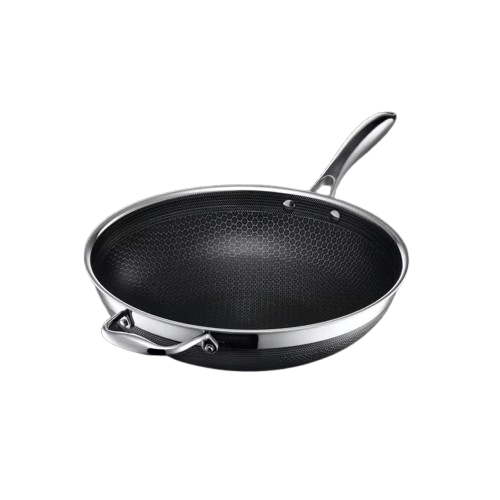
Our 7-piece HexClad Hybrid Cookware review has the full details, but the long and short of it is: this is a brand worth spending your money on if you love to cook.
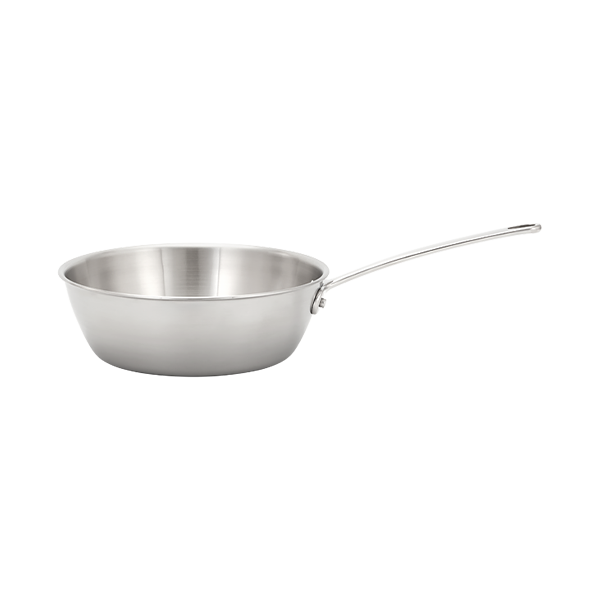 Stainless steel
Stainless steel
Efficient, fast to heat and super versatile, the verdict from our Stellar Chef's Pan review was that this is the stainless steel pick to beat.
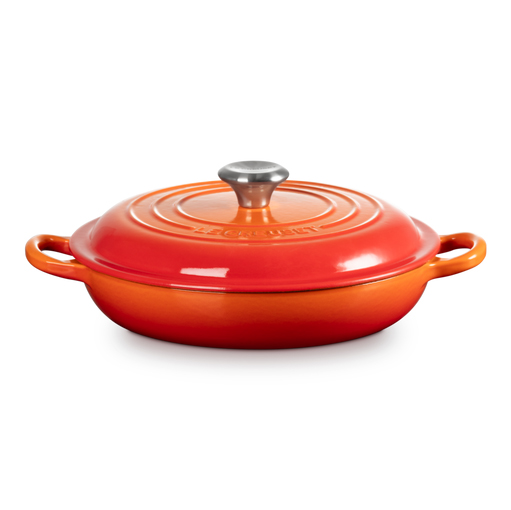
I think this is the most underrated and best Le Creuset shape out there, especially for frying. The enamelled cast iron surface works like a dream every time.
2. Study the specifications
The next step is identifying the features you need your pan to have. Pan thickness is an important aspect of this.
'A thin pan will often exhibit heat spots and won't last long, but different types of pans differ in their thickness,' explains Thomas. 'A good quality non-stick or ceramic pan won't necessarily be too thick, but look for ones with encapsulated bases that help retain and distribute heat more evenly.'
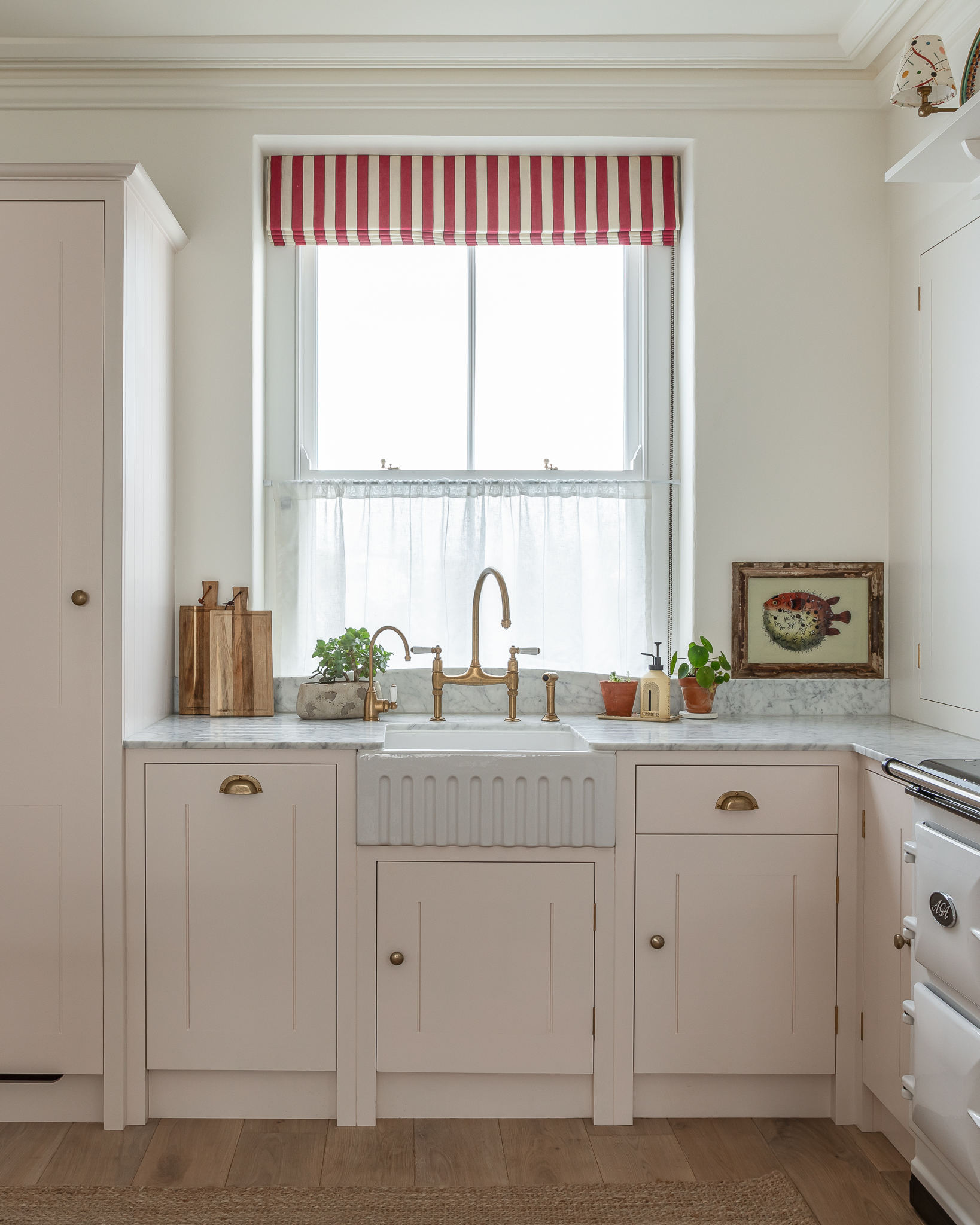
To put a number on pan thickness, Jamie Newman, executive chef at Creseo Pubs says 'Most standard frying pans are about 2–3.5 mm thick and they work well for everyday cooking. The pans heat up quickly and can handle a wide variety of cooking tasks.'
He continues 'However, heavier, thicker pans, especially those 4 mm or more, offer better heat retention and distribution which means fewer hot spots and more consistent cooking, so they are ideal for delicate foods like pancakes, crepes, and even searing meats.'
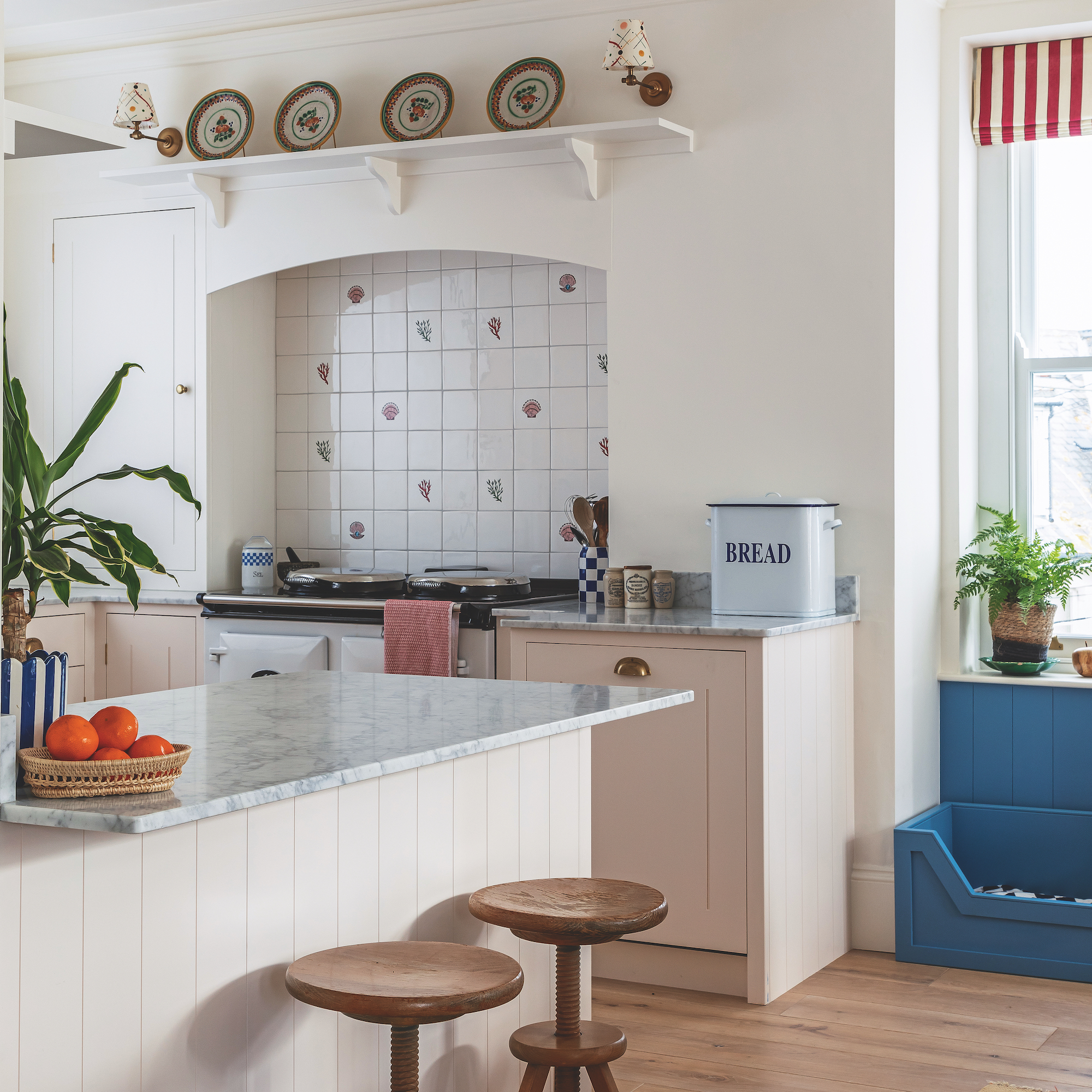
So, the message that both experts are clear on here is that you'll experience better heat distribution with a thicker pan in general.
3. Put quality first if you can
Whether I'm asking about buying one of the best saucepan sets or one of the best air fryers, the advice from experts stays true to the central message: you get what you pay for.
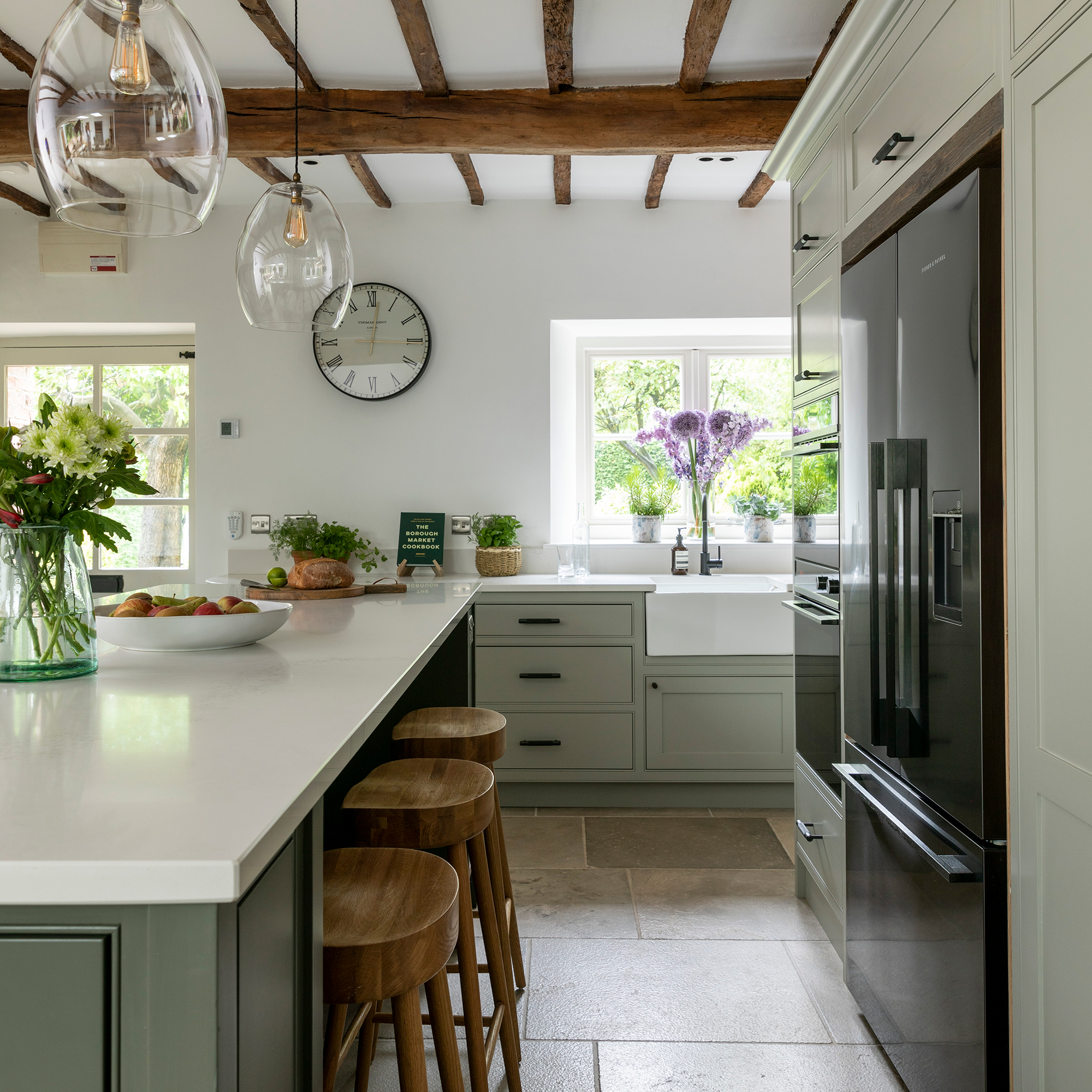
Adding to that, Tara Button, founder of the online marketplace Buy Me Once (which exclusively features proven-to-be-long-lasting kitchenware and homeware) emphasises that while thinking about pan thickness is important, it's not the be all and end all.
'In general, thicker pans do help prevent warping and ensure more even heat, which makes them great for consistent cooking,' says Tara. 'But the material, construction, and whether the pan is repairable or seasonable are just as important when it comes to making something truly built to last.'
There's no way of seeing into the future as to whether your frying pan will last as long as you want it to, but with these tips you should be on your way to finding a new addition to your kitchen that goes the distance.
Do you already have a frying pan or cookware brand you swear by at home?

Molly is Ideal Home’s Kitchen Appliances Editor, the Ideal Home Certified Expert on Appliances. An all-around cooking and baking enthusiast, she loves finding the next must-have product for readers that will their kitchen a better place. She joined the team in September 2022 after working on the editorial teams of Real Homes, Homes & Gardens and Livingetc.
For the last 4 years, she's been reviewing hundreds of small appliances; conducting tests at home or in the Ideal Home test kitchen. She would be hard-pressed to pick a Mastermind specialist subject but air fryers are her ultimate area of expertise, after testing just about every single one released since 2022.
To keep ahead of trends and new releases, Molly has visited the testing and development spaces of multiple kitchen brands including Ninja Kitchen and Le Creuset as well as attended consumer shows such as IFA, hosted in Berlin to see the cooking innovations of the future.
You must confirm your public display name before commenting
Please logout and then login again, you will then be prompted to enter your display name.
-
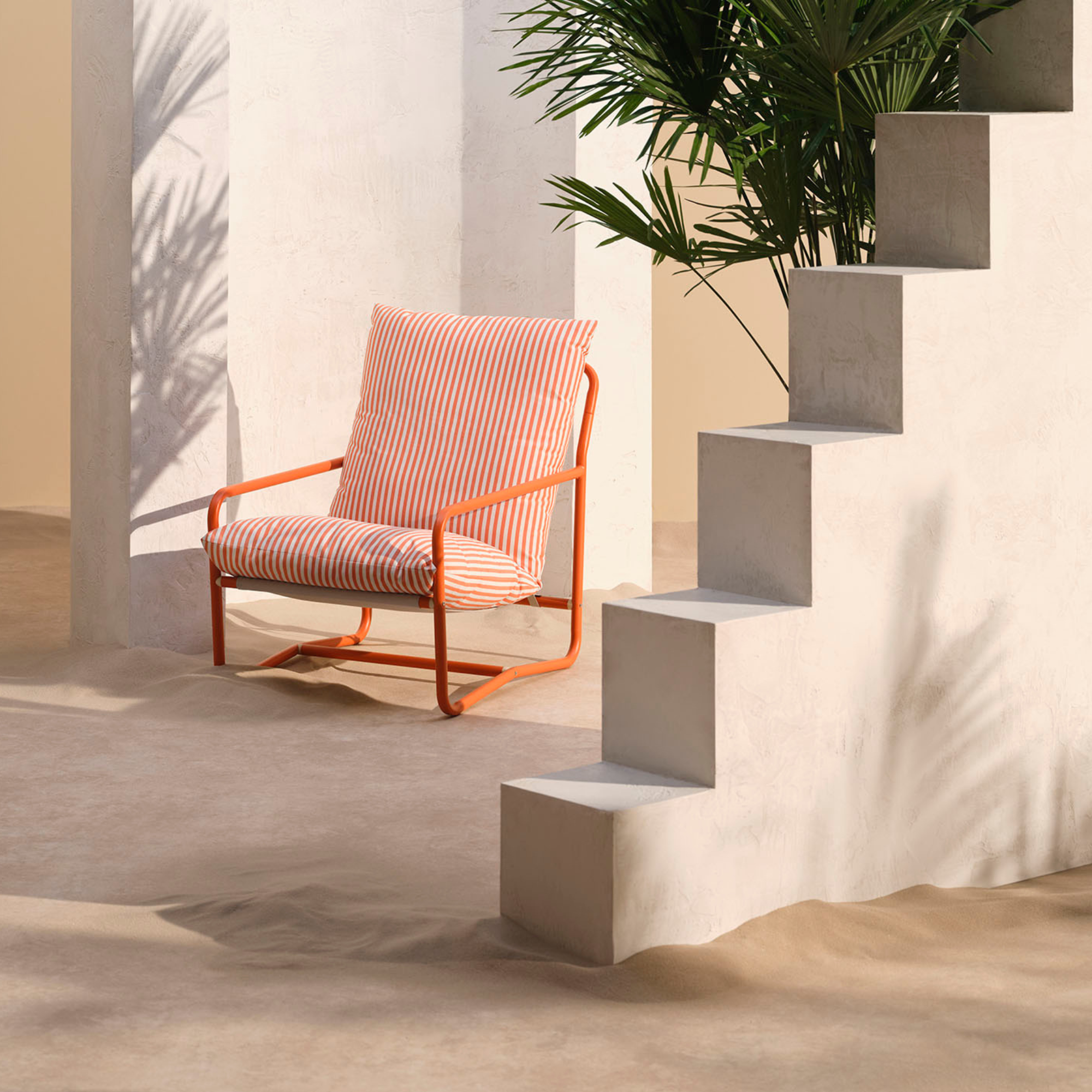 I’ve found the perfect alternative to John Lewis’ sold-out striped garden chair – and you won’t believe where it's from
I’ve found the perfect alternative to John Lewis’ sold-out striped garden chair – and you won’t believe where it's fromJohn Lewis' Sling Garden Chair is one of the most stylish pieces of garden furniture I'd seen – until I tracked down this QVC lounge chair...
By Kezia Reynolds
-
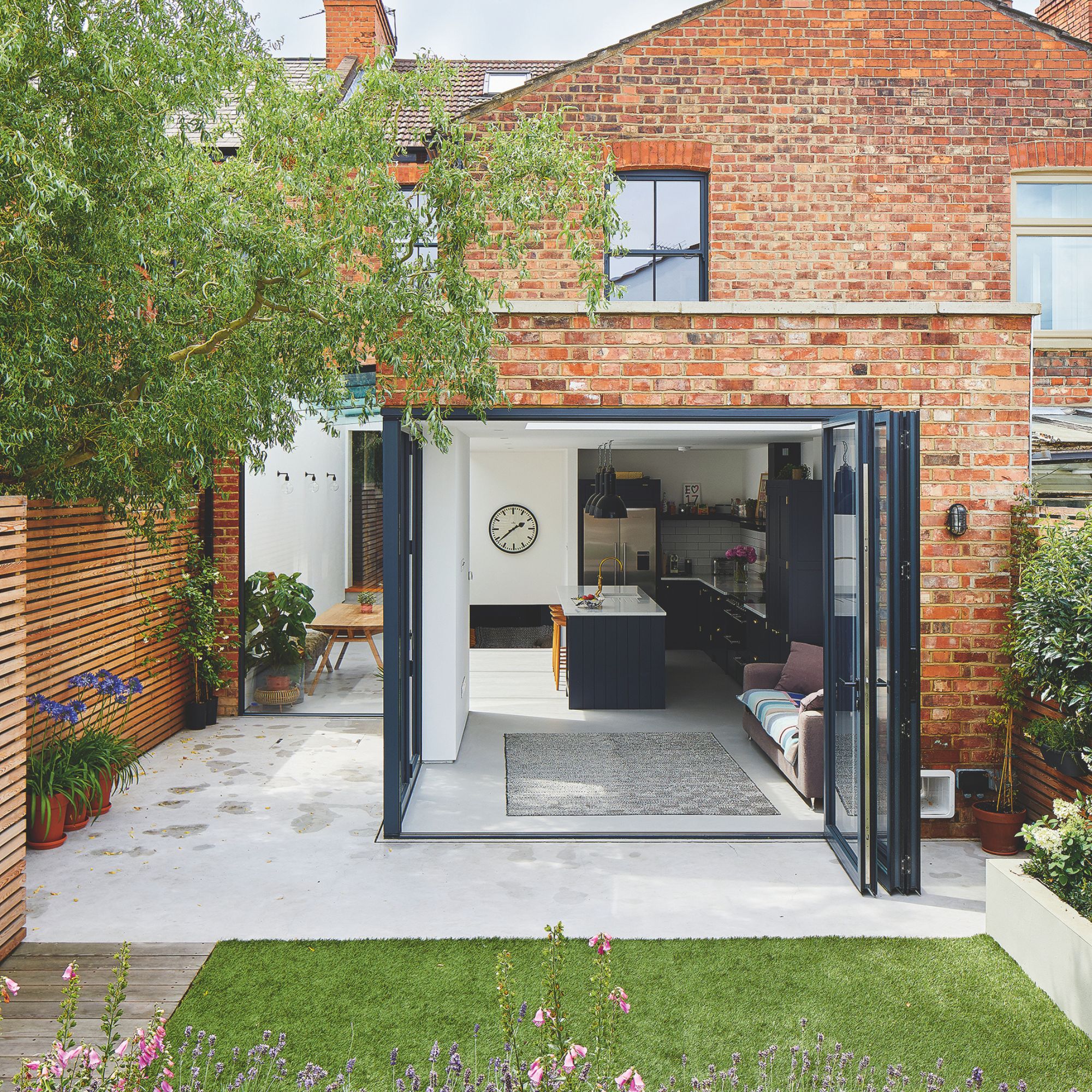 Is it a huge mistake to sacrifice part of your garden for an extension?
Is it a huge mistake to sacrifice part of your garden for an extension?We asked the pros for their take
By Sarah Handley
-
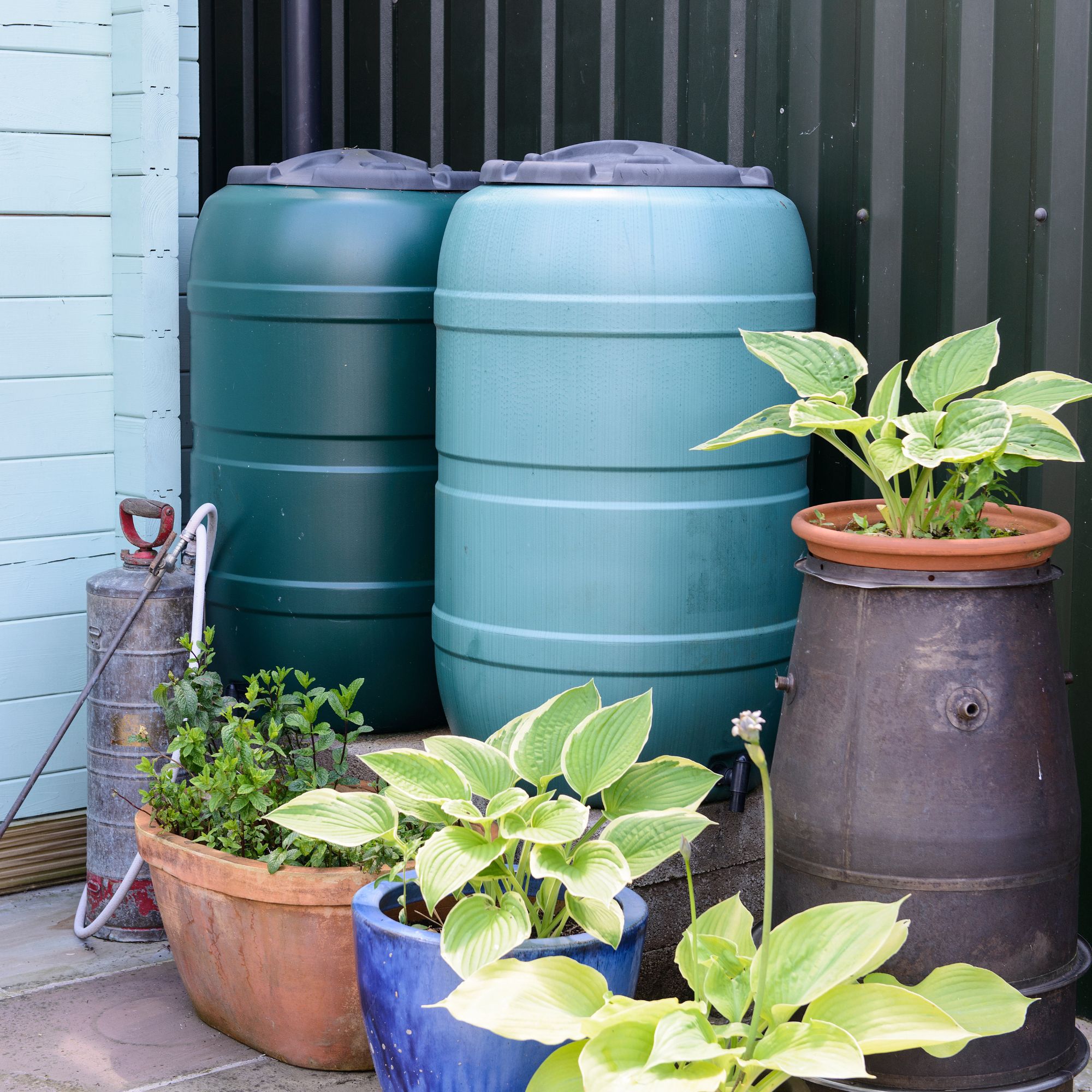 Experts warn gardeners not to neglect this important task this weekend – how to get it right to help your plants survive the warm spring weather
Experts warn gardeners not to neglect this important task this weekend – how to get it right to help your plants survive the warm spring weatherSome experts are calling it a mini spring drought
By Sophie King